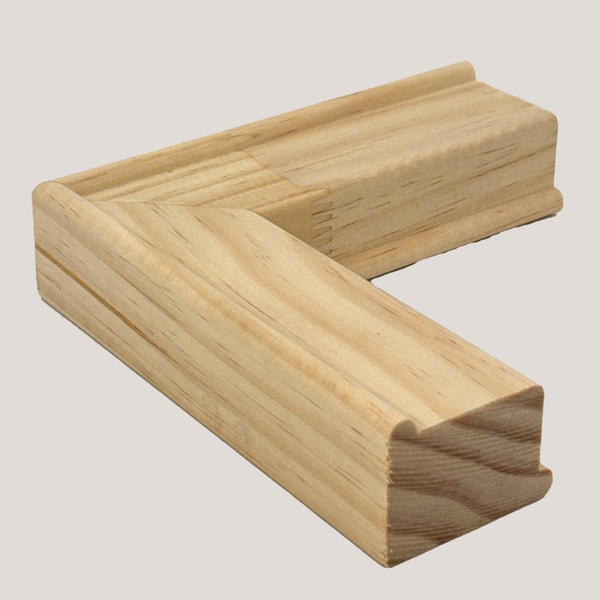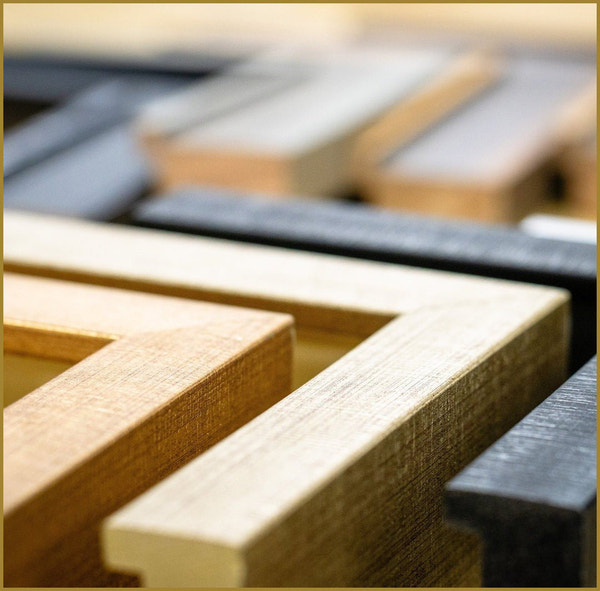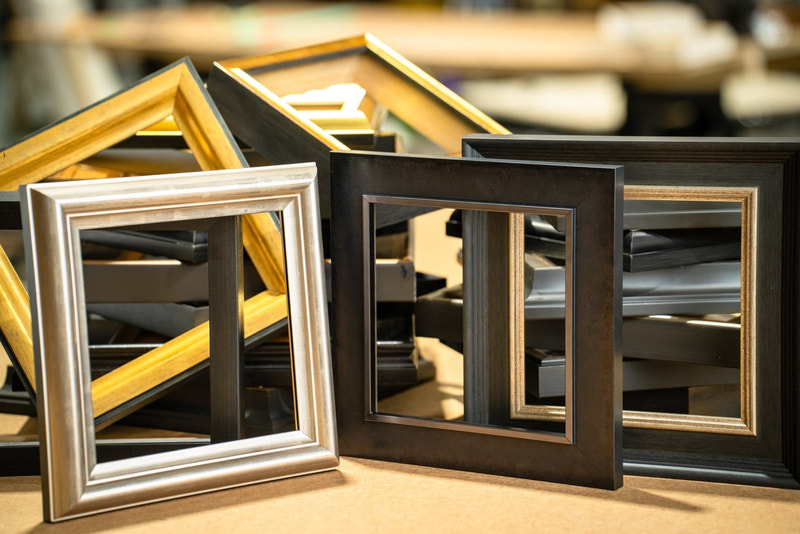Making Better Frames: Part 1 - Saws and Cutting
Understanding Chip-out and Blade Choices
Making better picture frames involves many details. One common issue is "chip-out," which refers to the ugly splinters that appear on frame mouldings. Sadly, smaller frame shops often face this problem. Because of their limited resources, they usually use small saw blades. Unfortunately, these blades can cause serious vibrations. As a result, these vibrations might lead to chip-out, affecting the frame's look and strength.
Digging Deeper into Chip-out Firstly, let's understand chip-out or "tear-out." It's when pieces of wood accidentally break off during the cutting phase. If this happens on the back of a frame, it can change how it sits against a wall. Moreover, the overall strength and finish of the frame can suffer.
Challenges with Small Saw Blades
-
Considering the Teeth Count: Smaller blades often have fewer teeth. Consequently, this leads to more aggressive material removal, causing potential splintering.
-
Vibration Concerns: These blades tend to vibrate more. Due to this, they might produce uneven cuts, increasing the likelihood of chip-out.
-
Downward Cuts and Their Effects: Blades cutting downward can create problems like:
-
Thinking About Support: The downward action might push the material away from its support. This can increase chip-out risks.
-
Exit Woes: Exiting the material roughly can lead to chip-out on its lower side.
-
Steps to Counter Chip-out:
To prevent this and make better frames:
-
First, try blades with more teeth. They often produce slower, cleaner cuts.
-
Secondly, always check blade sharpness.
-
Thirdly, support the moulding, especially on the cut's exit side.
-
Then, think about using upward blades that roll as oppose to cut downward.
-
Lastly, remember that cutting slower can help reduce chip-out risks.
In conclusion, while small blades have their uses, they might not always be best for framing tasks. By understanding and countering chip-out, framers can achieve consistently great results.
Excellence in Cutting with Articient LLC
In the world of framing, details matter a lot. Achieving precise cuts and impeccable finishes is essential for a professional appearance. And this is where Articient LLC excels. They've embraced state-of-the-art 14" double miter saws, ensuring minimal chip-out.
Why Bigger Saws Make a Better Frames
-
Firstly, larger blades, like the 14", come with more teeth. As a result, they tend to give more controlled cuts.
-
Secondly, they spread force evenly, reducing material tearing.
The Advantages of Rolling Forward
Articient's saws aren't like standard miter saws. They have a unique rolling forward feature. This movement:
-
Firstly, reduces unwanted vibrations, leading to cleaner cuts.
-
Secondly, it ensures consistent material support, minimizing chip-out.
-
Lastly, it offers a smoother blade exit, further lowering chip-out risks.
Articient's Dedication to Quality
Articient's focus is clear: Top-quality frames. Our decision to use the 14" saws shows their commitment to innovation and excellence, and are a blend of strength and beauty.
In the end, Articient sets the standard in the framing world, blending precision with artistry. Our technological edge and commitment to quality set us apart, promising perfection every time.






















